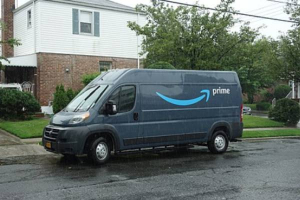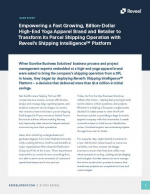UPS 2014 Corporate Sustainability Report
The first connections in the UPS network were made in the early 20th century, when few automobiles traveled the roads, before the world’s first airline took flight, and decades before computers introduced us to bits and bytes, this was also long before anyone gave serious attention to sustainability in any shape or form.
Today, the world of transportation and logistics looks vastly different.
As part of a $3.2 trillion global supply chain marketplace, UPS connects people and goods to markets, enabling progress and possibility in more than 220 countries and territories around the world.
Our global network includes more than 424,000 people, 100,000 vehicles, one of the world’s largest airlines, and innovative analytic and optimization capabilities.
But among the most important changes in our business over the years has been a conscientious approach to sustainability.
I am proud to say that UPS is at the forefront of companies in our industry working to address sustainability challenges in the most efficient and responsible ways possible.
As we expand our global reach, we also expand our environmental and social impacts. Through the unmatched power of our people and network, we are addressing the sustainability impacts throughout our own business and customers’ supply chains, as well as the big challenges facing the planet and our communities.
The evidence is clear that global trade is a powerful force for good, promoting economic growth, creating jobs, and lifting people out of poverty.
Among our largest challenges is balancing the benefits of global trade and growth with the reality of increasingly constrained resources.
Through our focus on innovation, we bring efficiencies and solutions to every aspect of our business.
In 2014, we continued to transform our network, once again increasing the number of packages delivered for our customers while emitting fewer greenhouse gases per package. We also made significant advances in our alternative fuel and advanced technology fleet, logging 154 million more miles and surpassing 500 million miles since 2000.
With ongoing investments, I’m confident we will reach our goal of driving 1 billion miles in our specialized fleet by the end of 2017.
At UPS, we view challenges as hurdles to overcome and opportunities to seize. Sustainability is both a challenge and an opportunity. I am proud of the advancements we made in 2014, which you will read more about in this report.
What’s Related




Favorites





